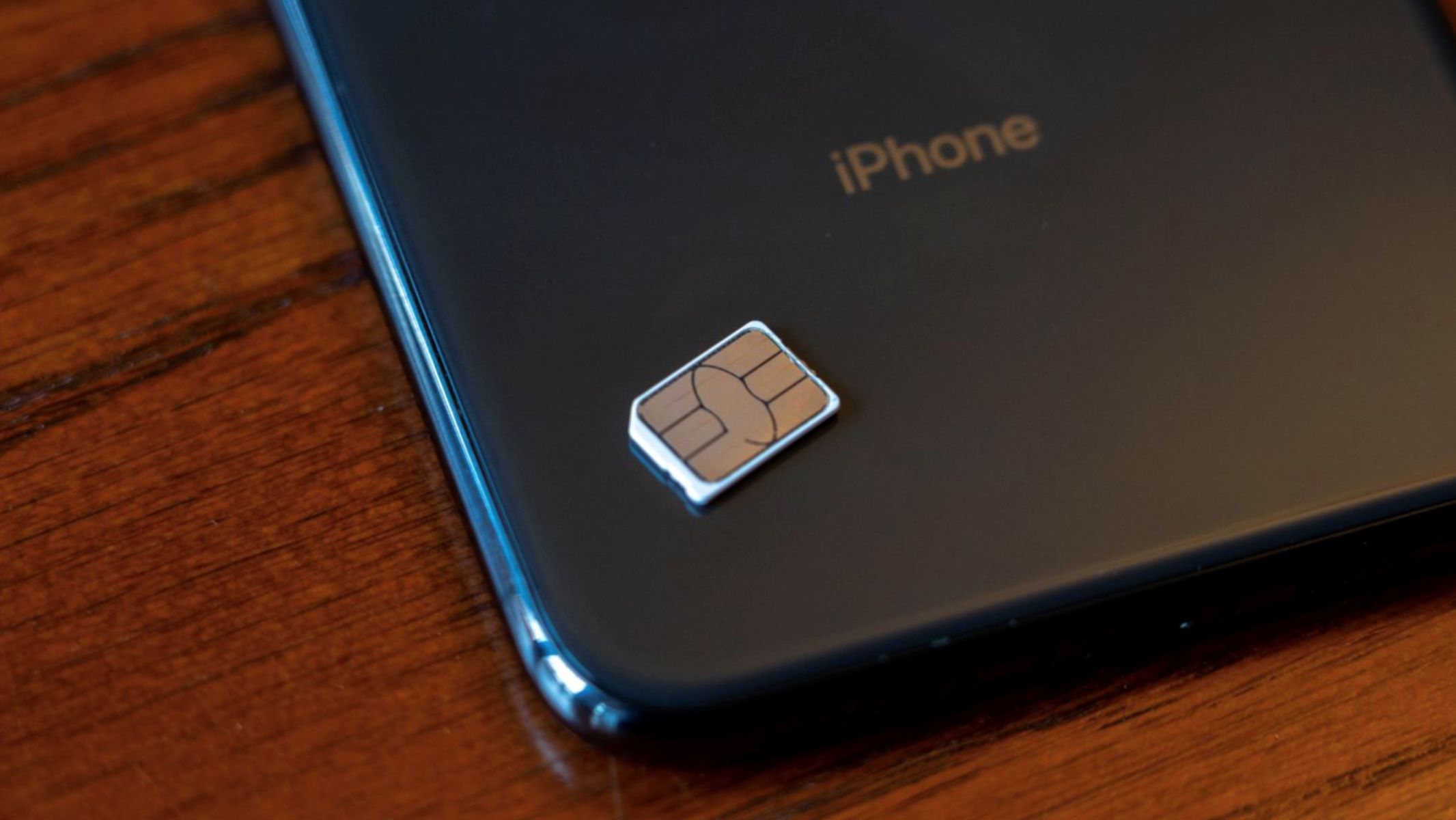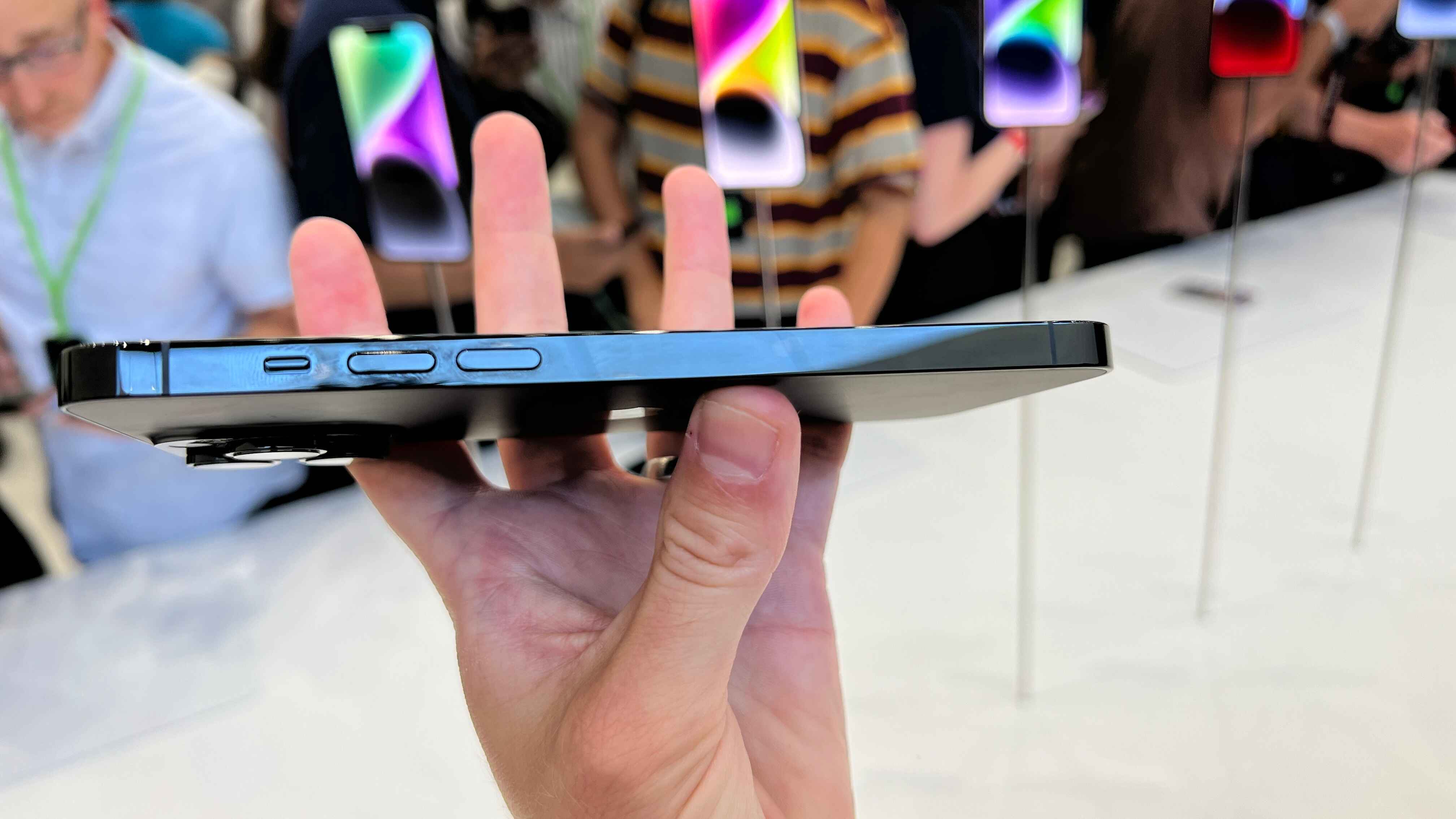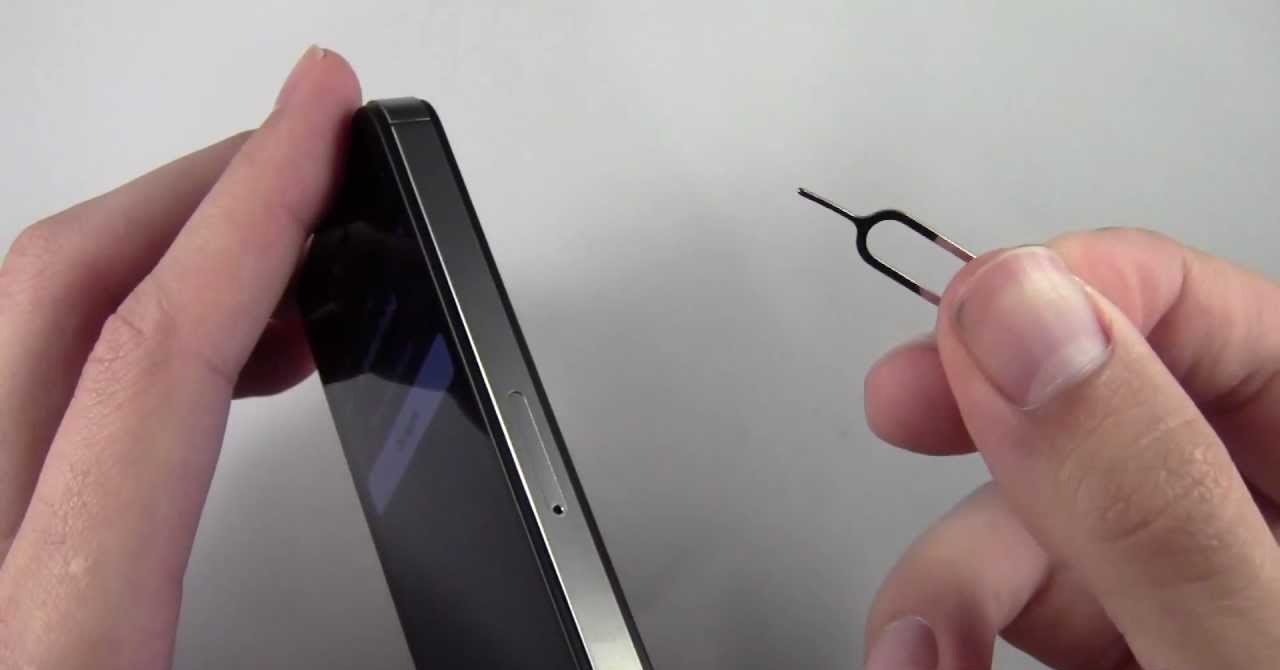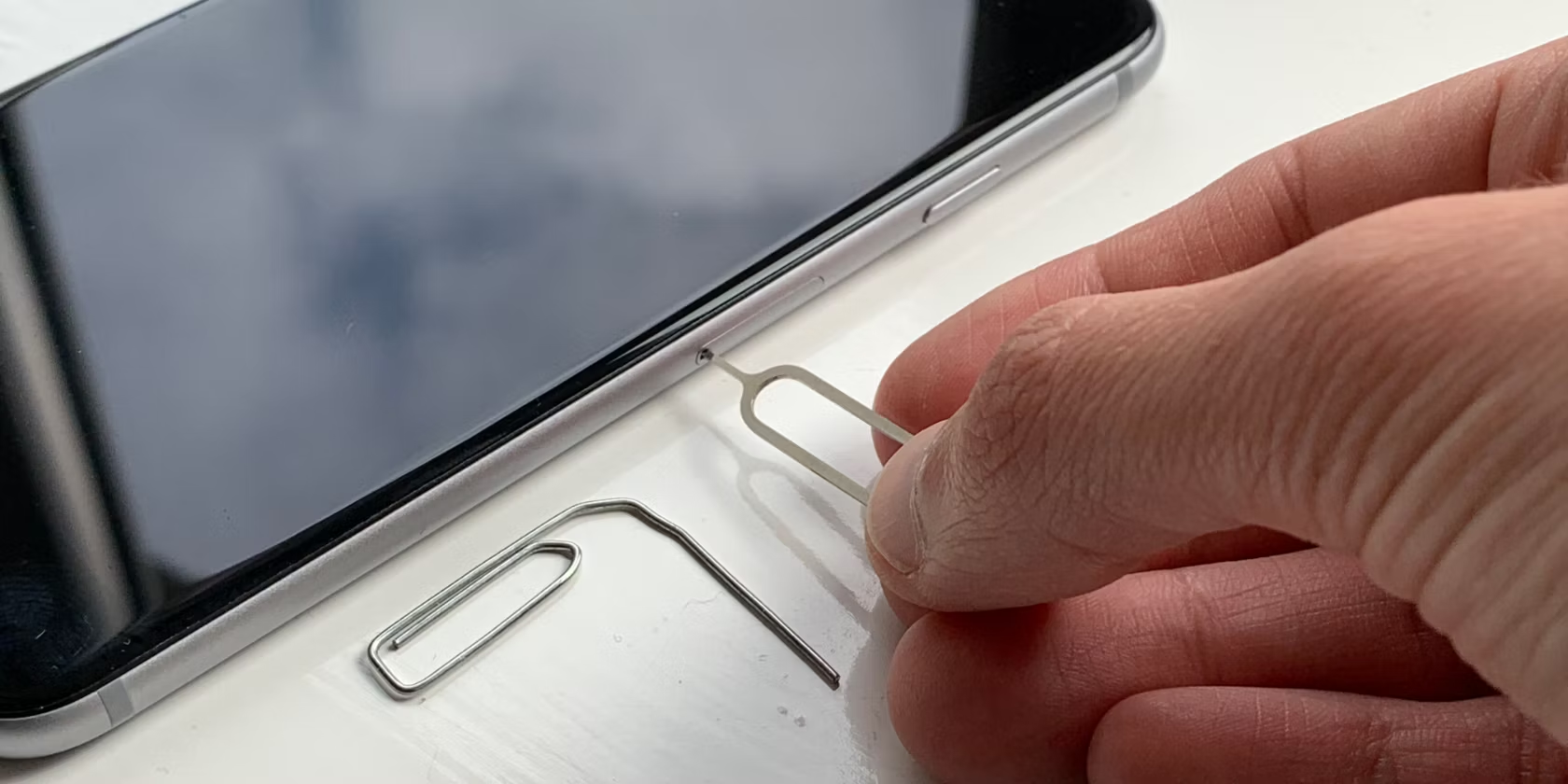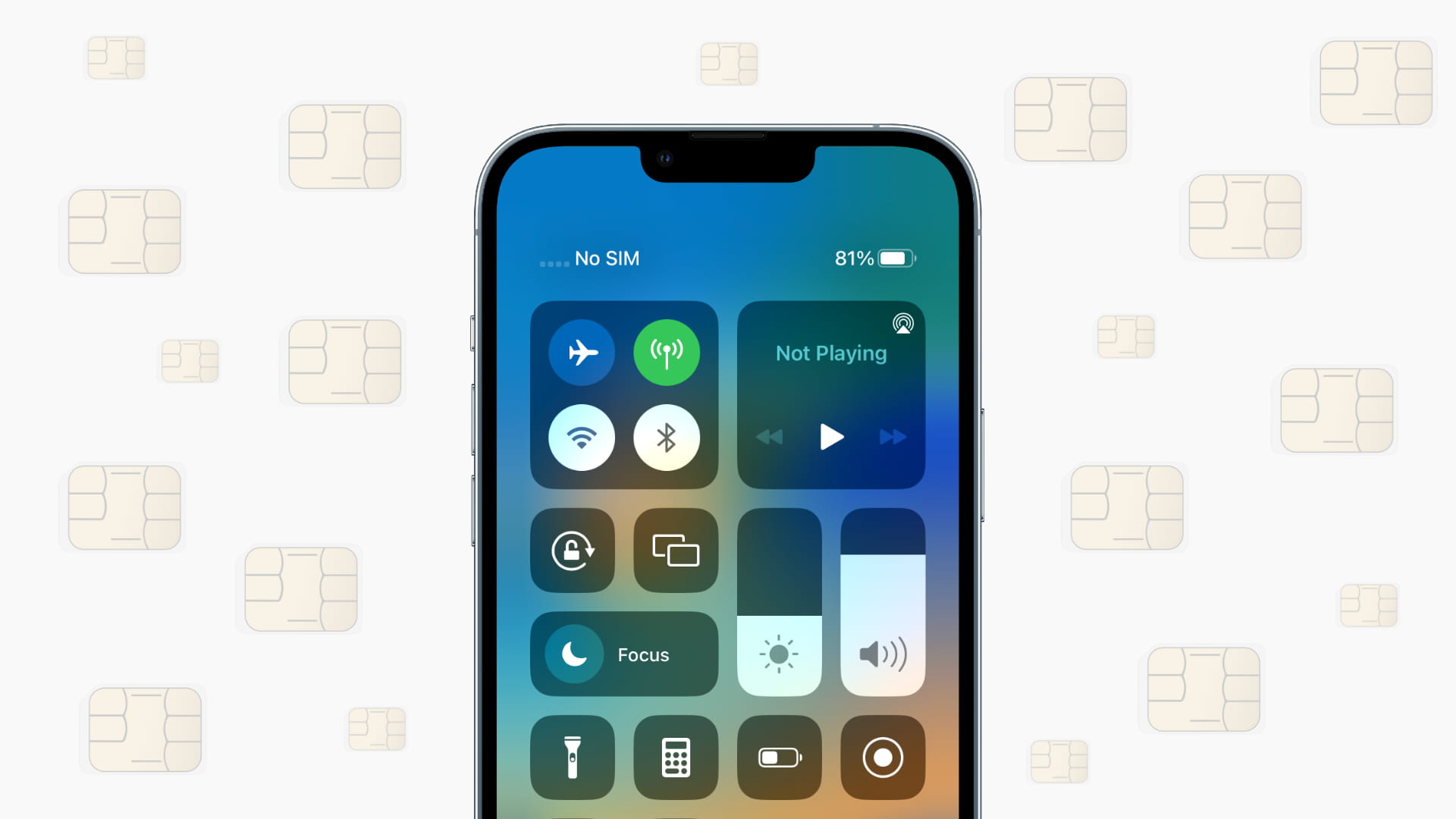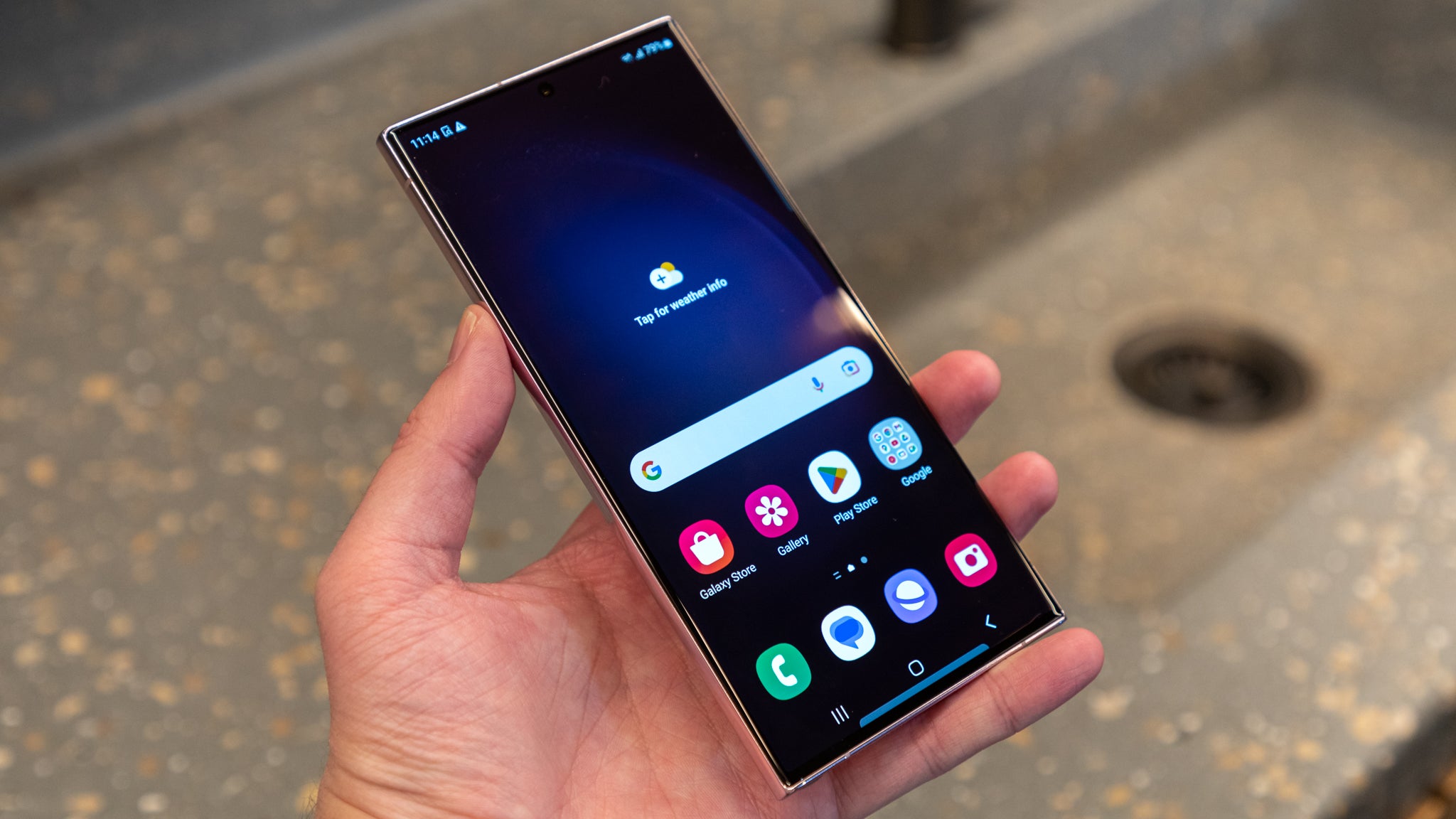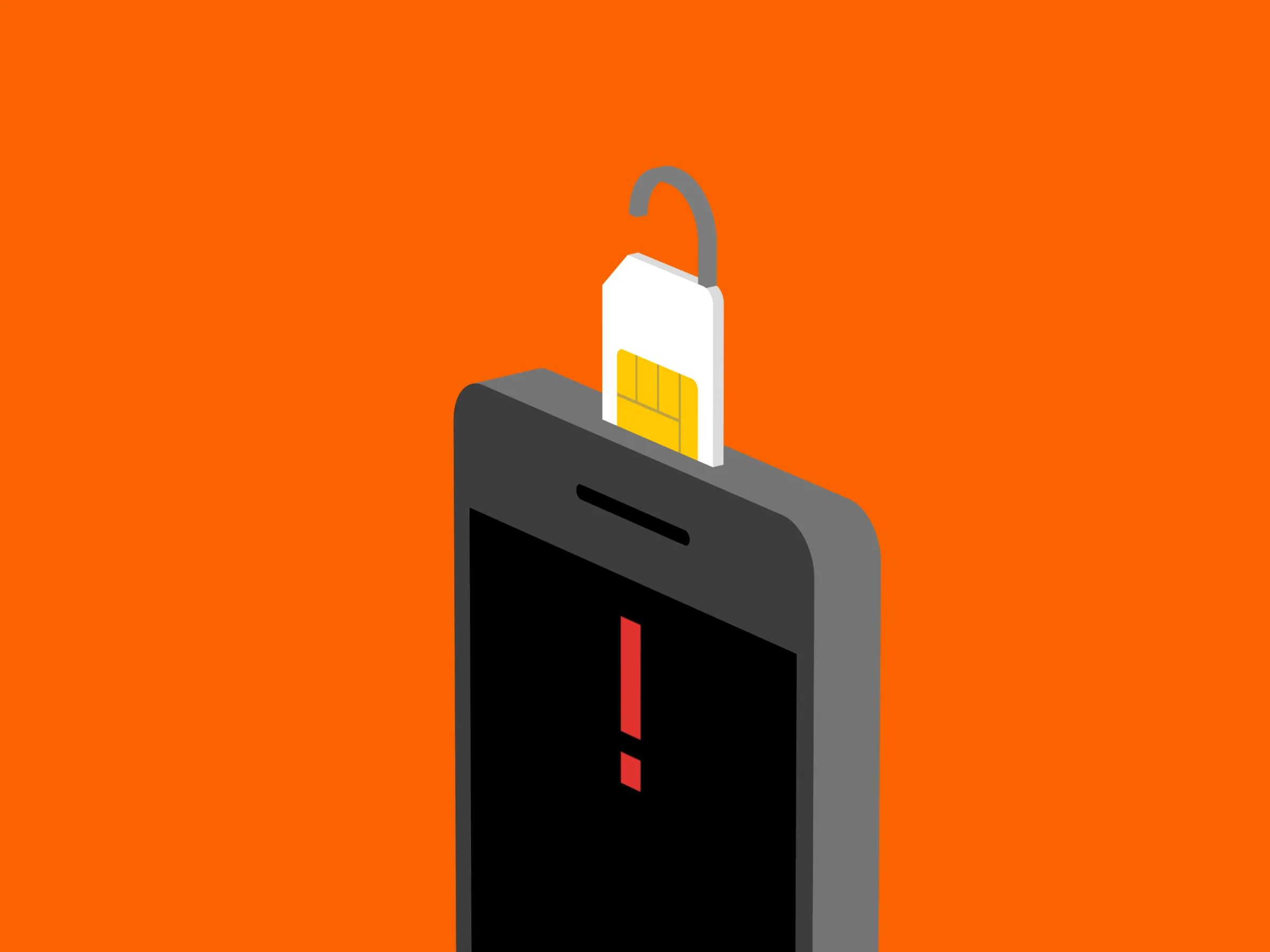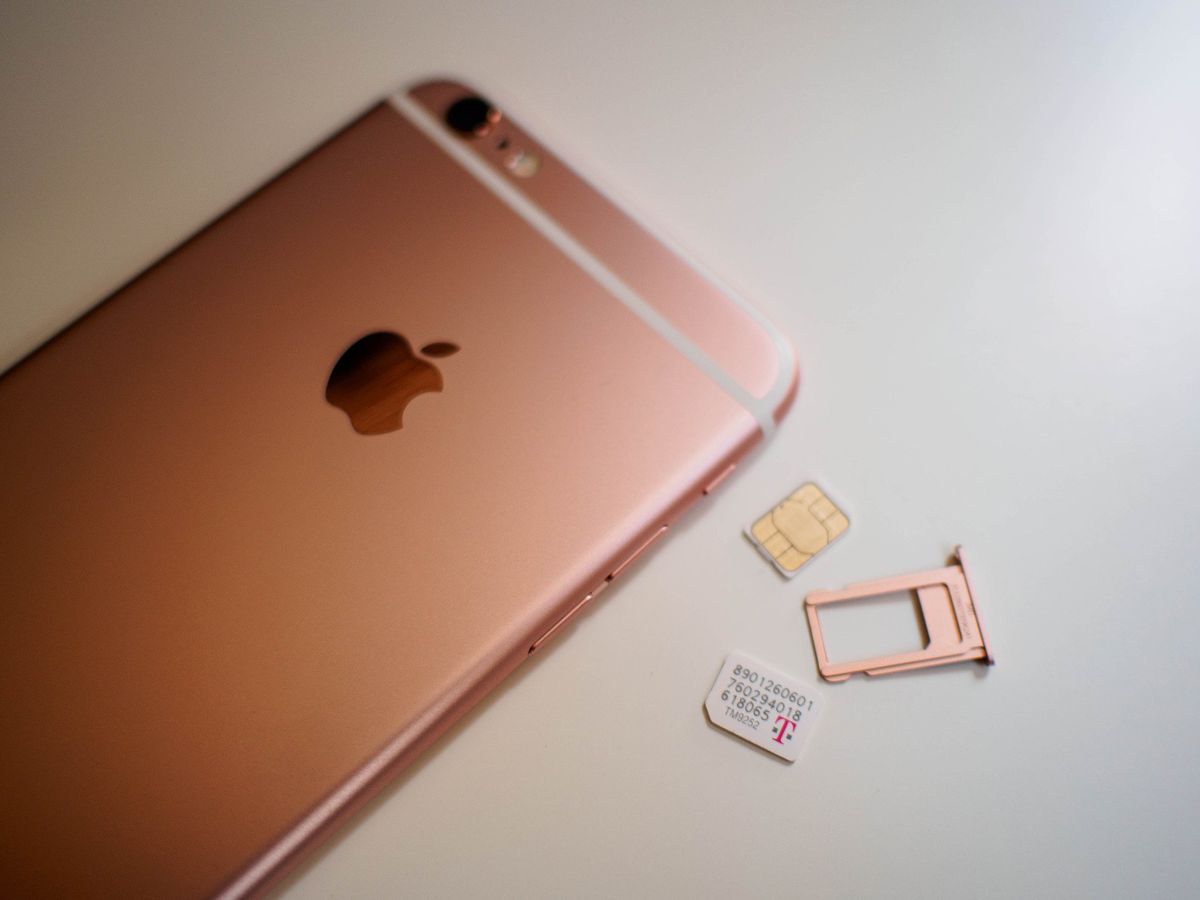Introduction
Welcome to the world of mobile devices, where the tiny yet mighty SIM card plays a pivotal role in connecting us to the digital realm. In this comprehensive guide, we will delve into the effects of removing a SIM card from an iPhone, shedding light on the intricacies of this seemingly small but significant component.
The SIM card, short for Subscriber Identity Module, is a miniature, removable smart card that is inserted into mobile devices, including iPhones, to authenticate the user and establish a connection with the cellular network. It serves as the digital identity of the user, containing essential information such as the unique IMSI (International Mobile Subscriber Identity) number, authentication key, and network-specific information.
As we embark on this journey, we will unravel the inner workings of a SIM card within an iPhone, exploring how it facilitates seamless communication and empowers users to stay connected in today's fast-paced, interconnected world. Additionally, we will uncover the effects and implications of removing the SIM card from an iPhone, shedding light on the potential outcomes that users may encounter when venturing into this territory.
Join us as we navigate through the intricate landscape of mobile technology, uncovering the role of the SIM card in shaping our digital experiences and understanding the implications of its absence within the realm of iPhone connectivity. Let's embark on this enlightening exploration to gain a deeper understanding of the effects of removing a SIM card from an iPhone.
What is a SIM Card?
A SIM card, standing for Subscriber Identity Module, is a small, portable smart card that serves as the digital identity of a mobile device user. This tiny yet powerful component is an essential element in the realm of mobile communication, playing a pivotal role in enabling connectivity and authentication within the cellular network.
The SIM card contains crucial information that uniquely identifies the user and facilitates seamless communication. It houses the International Mobile Subscriber Identity (IMSI) number, which is a unique identifier assigned to each SIM card, enabling the network to recognize and authenticate the user. Additionally, the SIM card stores an authentication key that is used to verify the user's identity and establish a secure connection with the network.
One of the remarkable features of a SIM card is its portability, allowing users to easily transfer it between compatible devices while retaining their personal data and network identity. This mobility empowers users to seamlessly transition between devices without losing access to their cellular network services.
In addition to user identification and authentication, the SIM card also stores network-specific information, such as the preferred network settings, contact lists, and text messages. This data storage capability enables users to personalize their mobile experience and access their essential information regardless of the device they are using.
Furthermore, SIM cards come in various form factors, including the standard SIM, micro-SIM, and nano-SIM, catering to different device requirements. The evolution of SIM card technology has led to the development of embedded SIMs (eSIMs), which are integrated directly into the device, eliminating the need for a physical card.
In essence, the SIM card serves as the gateway to mobile connectivity, embodying the user's identity and enabling seamless communication within the cellular network. Its compact size belies its significant role in shaping the mobile experience, underscoring the importance of this tiny yet indispensable component in the realm of mobile devices, including iPhones.
How Does a SIM Card Work in an iPhone?
The integration of a SIM card into an iPhone is a seamless process that underpins the device's connectivity and functionality. When a SIM card is inserted into an iPhone, it initiates a series of intricate processes that enable the device to establish a secure and authenticated connection with the cellular network.
Upon insertion, the iPhone recognizes the SIM card and retrieves crucial information stored within it. This includes the International Mobile Subscriber Identity (IMSI) number, which serves as a unique identifier for the SIM card and the user. The IMSI is essential for authenticating the user's identity and enabling the iPhone to communicate with the cellular network.
Furthermore, the SIM card contains an authentication key that is utilized to verify the user's identity when connecting to the network. This key plays a pivotal role in establishing a secure and encrypted communication channel, ensuring the confidentiality and integrity of data transmitted between the iPhone and the network.
In addition to user identification and authentication, the SIM card holds network-specific information that is vital for seamless connectivity. This includes the preferred network settings, allowing the iPhone to automatically connect to the appropriate cellular network based on the SIM card's configuration. Moreover, the SIM card stores contact lists and text messages, enabling users to access their essential communication data regardless of the device they are using.
The iPhone's software interacts with the SIM card to leverage its capabilities, enabling users to make calls, send text messages, and access cellular data services. The SIM card acts as the linchpin of the iPhone's connectivity, facilitating a smooth and reliable communication experience for users.
Furthermore, the SIM card's portability allows users to transfer it between compatible devices, seamlessly transitioning their network identity and personal data. This flexibility empowers users to switch iPhones without losing access to their cellular network services, underscoring the convenience and versatility of the SIM card.
In essence, the SIM card works harmoniously with the iPhone's hardware and software, enabling users to stay connected, communicate, and access cellular services with ease. Its integration into the iPhone ecosystem exemplifies the pivotal role of the SIM card in shaping the device's connectivity and functionality, embodying the essence of seamless mobile communication.
Effects of Removing the SIM Card from an iPhone
Removing the SIM card from an iPhone can have several immediate and noticeable effects on the device's functionality and connectivity. Here are the key effects of removing the SIM card:
-
Loss of Cellular Connectivity: Without a SIM card, an iPhone loses its ability to connect to the cellular network, resulting in the inability to make or receive calls, send text messages, or access cellular data services. The device essentially becomes limited to functions that do not rely on cellular connectivity, such as accessing Wi-Fi networks and using certain apps that do not require a cellular connection.
-
No Identification on Cellular Network: The absence of a SIM card means that the iPhone lacks a unique identifier within the cellular network. As a result, the device cannot be recognized or authenticated by the network, rendering it unable to establish a secure and authenticated connection for cellular communication.
-
Inability to Make Emergency Calls: With no SIM card, an iPhone may lose the ability to make emergency calls, depending on the local regulations and network policies. Emergency calls typically rely on the availability of a cellular network and a valid SIM card for identification and authentication purposes.
-
Limited Functionality for Non-Cellular Tasks: While the iPhone can still perform various functions that do not depend on cellular connectivity, such as using Wi-Fi for internet access, accessing saved media and files, and utilizing certain apps, its overall functionality may be significantly restricted without the presence of a SIM card.
-
Inaccessibility of SIM-Dependent Services: Certain services and features, such as carrier-specific settings, visual voicemail, and network-dependent functionalities, may become inaccessible in the absence of a SIM card. These services often rely on the SIM card for user authentication and network interaction, making them unavailable when the SIM card is removed.
-
Limited Personalization and Identity: The SIM card stores user-specific information, such as contact lists and text messages, which may not be accessible without the SIM card. Additionally, the iPhone's personalized network settings and configurations tied to the SIM card may not be available, impacting the device's ability to seamlessly connect to the user's preferred cellular network.
In essence, removing the SIM card from an iPhone results in a significant impact on the device's connectivity, functionality, and access to cellular services. While the device can still perform certain tasks that do not rely on cellular connectivity, its core identity within the cellular network and its ability to communicate seamlessly are notably compromised in the absence of a SIM card.
Conclusion
In conclusion, the SIM card stands as a fundamental pillar of connectivity within the realm of iPhones, embodying the user's digital identity and enabling seamless communication within the cellular network. Its removal from an iPhone results in a notable impact on the device's functionality and connectivity, underscoring the indispensable role of the SIM card in shaping the iPhone experience.
The effects of removing the SIM card from an iPhone are multifaceted, encompassing the loss of cellular connectivity, the absence of a unique identifier within the cellular network, and limitations on emergency call capabilities. Furthermore, the device's overall functionality for non-cellular tasks may be restricted, and certain SIM-dependent services and features may become inaccessible. This includes carrier-specific settings, visual voicemail, and user-specific information stored on the SIM card.
Despite these effects, it is important to recognize the flexibility and portability that the SIM card affords to users. The ability to transfer the SIM card between compatible devices, seamless transition of network identity, and access to personal data underscore the convenience and versatility that the SIM card brings to the iPhone ecosystem.
Ultimately, the SIM card's integration into the iPhone exemplifies the intricate interplay between hardware, software, and network connectivity, shaping a seamless and reliable communication experience for users. While the removal of the SIM card may lead to certain limitations, it also highlights the pivotal role of this tiny yet powerful component in enabling mobile connectivity and personalization.
As users navigate the dynamic landscape of mobile technology, understanding the implications of removing a SIM card from an iPhone sheds light on the intricate mechanisms that underpin seamless communication and connectivity. It underscores the significance of the SIM card in shaping the digital experiences of iPhone users, serving as a testament to the profound impact of this miniature yet indispensable component in the realm of mobile devices.
In essence, the SIM card remains a cornerstone of connectivity within the iPhone ecosystem, embodying the essence of seamless mobile communication and empowering users to stay connected in today's interconnected world. Its presence within the iPhone signifies more than just a physical component; it represents the gateway to a world of communication, personalization, and digital identity, underscoring its enduring significance in shaping the iPhone experience.







